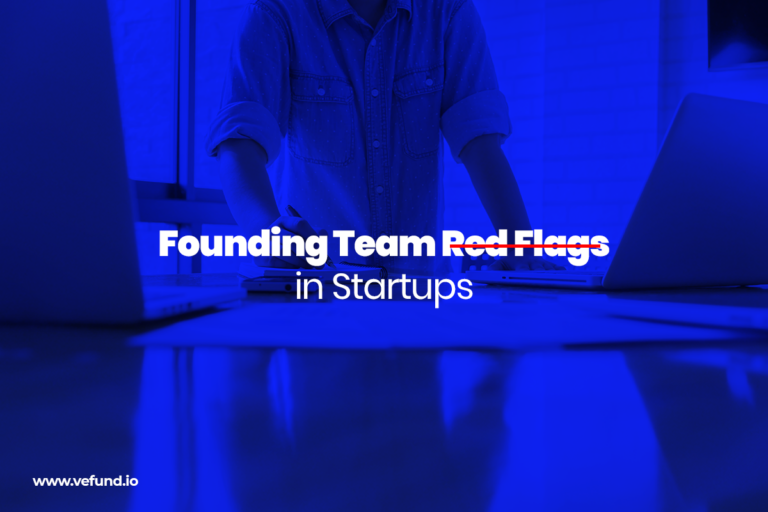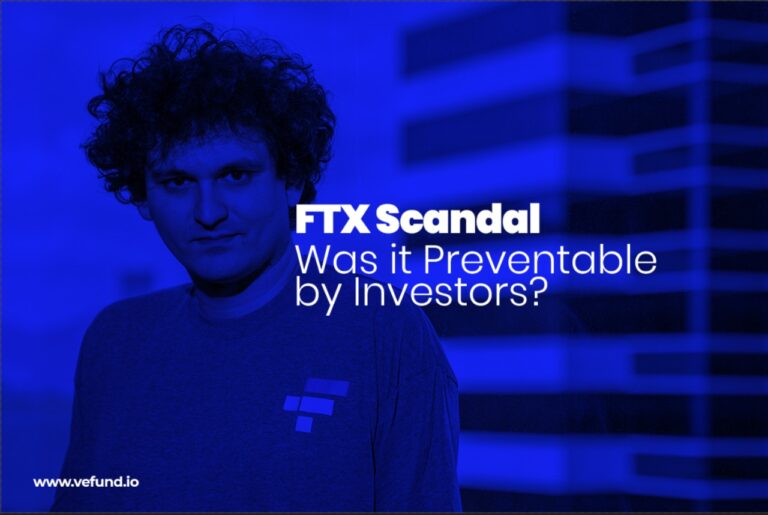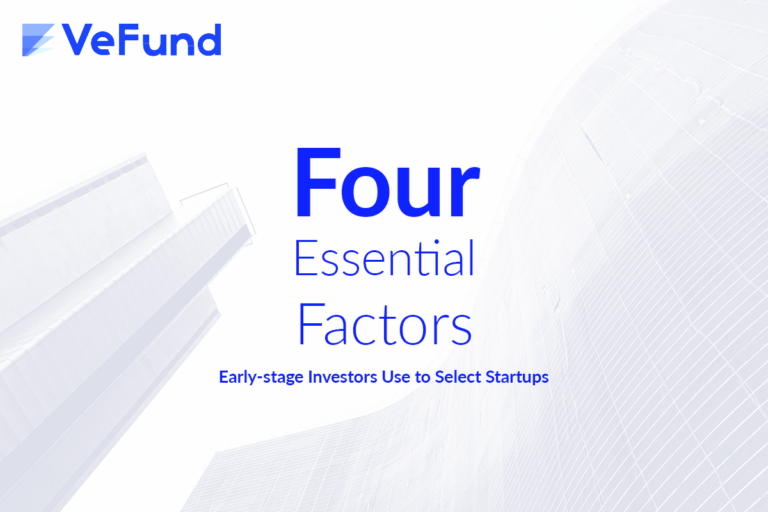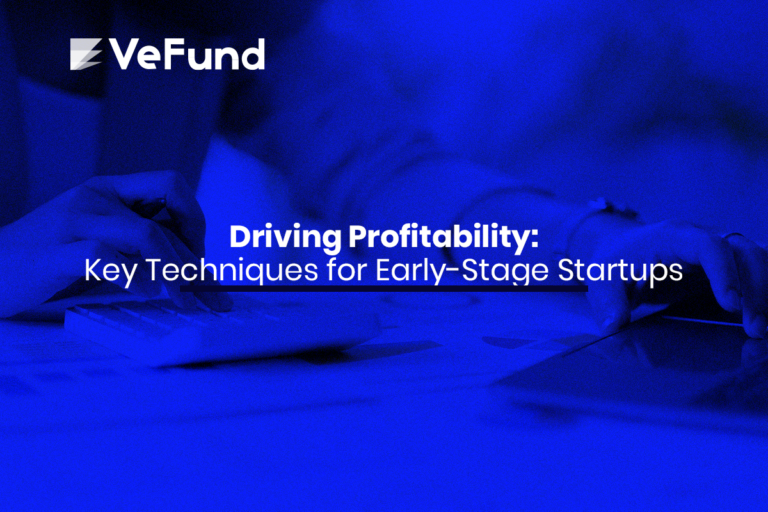Cognitive Biases in Startups: Understanding and Overcoming the Hidden Threats to Success
Making good decisions is super important when you’re running a startup. But did you know that our brains can sometimes trick us into making not-so-great choices? These tricks are called cognitive biases, and they can be a real pain if you’re trying to grow a successful business. But don’t worry – everyone has these biases, and they don’t have to ruin your startup dreams. The trick is to know what they are and how to handle them.
In this article, we’re going to zero in on six cognitive biases that are particularly relevant to startups, especially during the early stages. These biases can pose challenges when you’re trying to establish and grow your business. By understanding these biases and learning strategies to counteract them, you can enhance your decision-making process and steer your startup towards success.
Six Cognitive Biases Every Startup Founder Should Know
1. Sunk Cost Fallacy
Sunk Cost Fallacy is when you continue to put time, money, or other resources into something because you’ve already invested in it, even if it’s not giving you the results you want. It’s like buying a movie ticket and then realizing the movie is terrible, but you sit through it anyway because you don’t want to waste the money you spent on the ticket.
Here’s an example: Let’s say you’ve spent a lot of money developing a new product for your startup. But after launching it, you’re not getting the sales you expected. Instead of considering other options, you keep spending money on marketing the product, hoping sales will pick up. That’s the Sunk Cost Fallacy in action.
To overcome Sunk Cost Fallacy:
- Regularly evaluate your projects: Don’t just set it and forget it. Regularly check in on your projects to see if they’re giving you the results you want. If not, it might be time to pivot or cut your losses.
- Make decisions based on future value: When deciding whether to continue with a project, consider its future potential, not just what you’ve already invested. This can help you make more objective decisions and avoid getting stuck in a sunk cost trap.
2. Survivorship Bias
Survivorship Bias occurs when we focus only on the success stories and ignore the failures. In the context of startups, this can mean concentrating solely on companies that have made it big, while neglecting the valuable lessons we could learn from those that didn’t.
Consider this scenario: You’re deciding where to base your startup. You notice that many successful tech companies are located in a specific city, so you decide to move there, thinking it will increase your chances of success. However, you didn’t account for the numerous companies that were based in that same city and didn’t succeed. This is a classic example of Survivorship Bias.
To overcome Survivorship Bias:
- Learning from both successes and failures: Don’t just focus on the companies that made it. There’s a lot you can learn from the ones that didn’t. Understanding what went wrong for them can help you avoid making the same mistakes.
3. False Consensus Effect
The False Consensus Effect is a cognitive bias where we overestimate how much other people agree with us. For startup founders, this can lead to the assumption that their team, investors, or customers share their enthusiasm about a decision or a product, which might not always be the case.
Imagine you’ve developed a new feature for your app. You think it’s a game-changer and assume your users will love it as much as you do. So, you roll it out without much testing, only to find out that your users don’t find it as useful as you thought. This is the False Consensus Effect in play.
To overcome the False Consensus Effect:
- Seek diverse opinions: Regularly ask for feedback from your team, customers, and other stakeholders. They might see things from a different perspective and provide insights that you hadn’t considered.
- Test your assumptions: Before making major decisions, test your assumptions. This could be through market research, A/B testing, or simply by having open and honest discussions with your team.
4. Confirmation Bias
Confirmation Bias is a cognitive bias where we tend to seek out and favor information that confirms our existing beliefs, while ignoring or downplaying information that contradicts them. In a startup setting, this could lead to making decisions based on what you want to believe, rather than what the data is telling you.
For instance, suppose you believe that your new marketing strategy is working because you’ve seen a few positive comments on social media. However, the overall data shows that there’s been no significant increase in sales since the strategy was implemented. Ignoring this data and focusing only on the positive comments is an example of Confirmation Bias.
To overcome Confirmation Bias:
- Actively seek out differing viewpoints: Encourage your team to share different perspectives and challenge your ideas. This can help you see the full picture and make more balanced decisions.
- Use data to guide your decisions: Instead of relying solely on your beliefs or opinions, use data to inform your decisions. This can help you stay objective and avoid being swayed by Confirmation Bias.
5. Anchoring Bias
Anchoring Bias is when we rely too heavily on the first piece of information we receive (the “anchor”) when making decisions. In a startup, this could mean basing a decision on initial data or a single opinion, without considering other relevant information.
Imagine you’re negotiating a deal with a potential partner. They make the first offer, and even though you’ve done your research and know the offer is lower than what you had in mind, you find yourself adjusting your expectations based on their initial figure. This is Anchoring Bias at work.
To overcome Anchoring Bias:
- Seek multiple perspectives: Before making a decision, gather information from various sources. This can help you avoid relying too heavily on the first piece of information you receive.
- Take time to make decisions: Don’t rush into decisions. Taking the time to consider all the relevant information can help you avoid being influenced by Anchoring Bias.
6. Optimism Bias
Optimism Bias is when we believe that we are less likely to experience negative events compared to others. In the context of a startup, this could lead to underestimating potential risks or challenges, and overestimating the likelihood of success.
For example, you might believe that your startup is immune to certain market risks because you have a unique product or a strong team. However, no startup is completely risk-free, and overconfidence can lead to inadequate preparation and unexpected setbacks.
To overcome Optimism Bias:
- Conduct regular risk assessments: Regularly evaluate potential risks and challenges, and develop contingency plans. This can help you be better prepared for any negative events that may occur.
- Balance optimism with realism: While optimism is important in a startup, it’s also crucial to be realistic. Use data and evidence to make projections and decisions, rather than relying solely on optimism.
Final Thoughts
Understanding and managing cognitive biases is a crucial part of running a successful startup. These mental shortcuts can often lead us astray, particularly when we’re making important decisions. By being aware of biases like the Sunk Cost Fallacy, Survivorship Bias, False Consensus Effect, Confirmation Bias, Anchoring Bias, and Optimism Bias, we can make better, more informed decisions and set our startups on the path to success.
If you’re interested in learning more about cognitive biases and how they influence our thinking, we recommend reading “Thinking, Fast and Slow” by Daniel Kahneman. This book provides valuable insights into how our thought processes are influenced by cognitive biases, offering further understanding that can be applied to your startup journey.
At VeFund, we’re dedicated to aiding you in your fundraising journey. We invite you to create your data room with us and reach out to our active investor network. To make your valuation process effortless, we offer an automated valuation calculator. Give it a try and receive an immediate valuation for your startup. We’re excited to see where your startup journey takes you!







